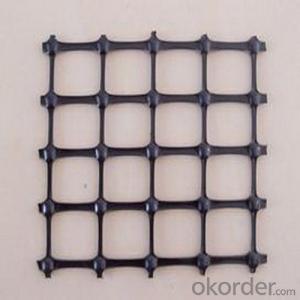Permeable geomembranes in civil engineering and environmental management are exciting new innovations. They allow water but not soil to pass through them, making them applications for multiple areas. These membranes offer flexible solutions to many common problems from groundwater management to having a stable base for construction activities.
Since childhood, I have always admired the ingenuity of engineers when they solve complex problems. The concept of permeable geomembranes seemed like a perfect answer: it can permit/deny passage of substances at will. I later discovered that these membranes are not only a technical marvel but also a testament to human ingenuity and creativity.
The Science Behind Permeable Geomembrane
The science behind permeable geomembranes is based on fluid dynamics and soil mechanics. Polymers, natural fabrics and other materials with engineered pore sizes comprise these membranes. This ensures that water goes through the pores while big soil particles are locked out preventing erosion and thereby maintaining the infrastructure’s integrity.
Applications in Civil Engineering
Permeable geomembranes find application in various aspects of civil engineering. Soil mixing with water during road construction is avoided by using such material hence providing stability as well as long-lasting surfaces. Moreover, they assist in building dams and reservoirs needing regulation of water flow so that their structure is kept intact.
Environmental Benefits
One outstanding thing about permeable geomembranes is that they have ecological benefits. These barriers let water pass through while blocking off any soil particles thus preventing sedimentation and erosion into water bodies . Great quantity aquatic ecosystems get preserved thereby helping our environment stay clean since it ensures quality drinking supply thus becoming environmentally friendly option within many construction frameworks.
Challenges and Solutions
Despite numerous advantages, there are several challenges facing permeable geomembranes too. One of the main issues experienced is clogging which occurs when small particles fill the surface pores leading to lower efficiency levels being achieved by this membrane system/engineering intervention . A range of strategies have been developed to address this including use of prefilters or maintenance routines that keep them in a good condition.
Personal Reflections on Permeable Geomembrane
I am passionate about engineering and the environment, which makes me really connected with permeable geomembranes. They are functional as well as sustainable and therefore represent solutions to real life problems while helping in keeping our natural capital alive.
The Future of Permeable Geomembrane Technology
Looking into the future, I believe permeable geomembrane technology will grow and improve. The continuous research undertaken will yield more advanced materials and their applications thereby improving performance with subsequent enhanced environmental impacts.
In conclusion, permeable geomembranes are an amazing invention that can change civil engineering and environmental management in a fundamental way. They enable control of water flow and soil particles which results into many advantages including ensuring the stability of construction projects as well as preserving our valuable ecosystems. I am looking forward to further exploration and advancement in this technology because it gives me great excitement regarding the future of the world.







